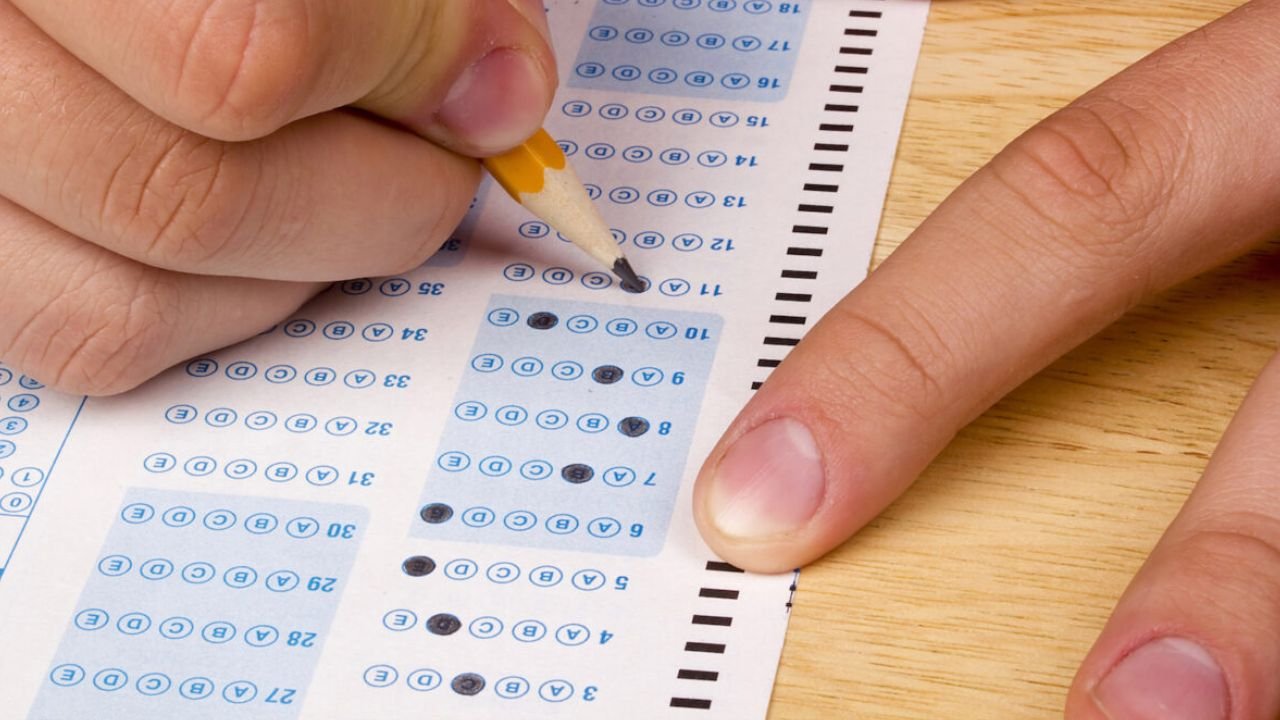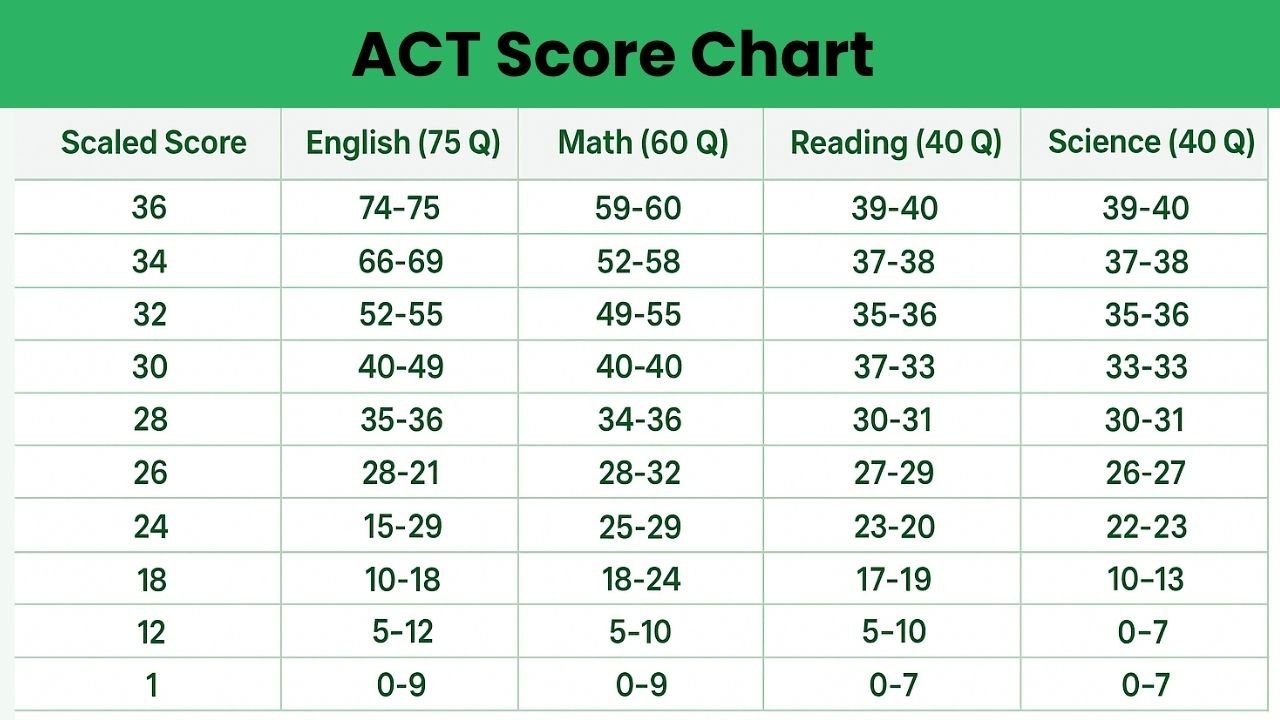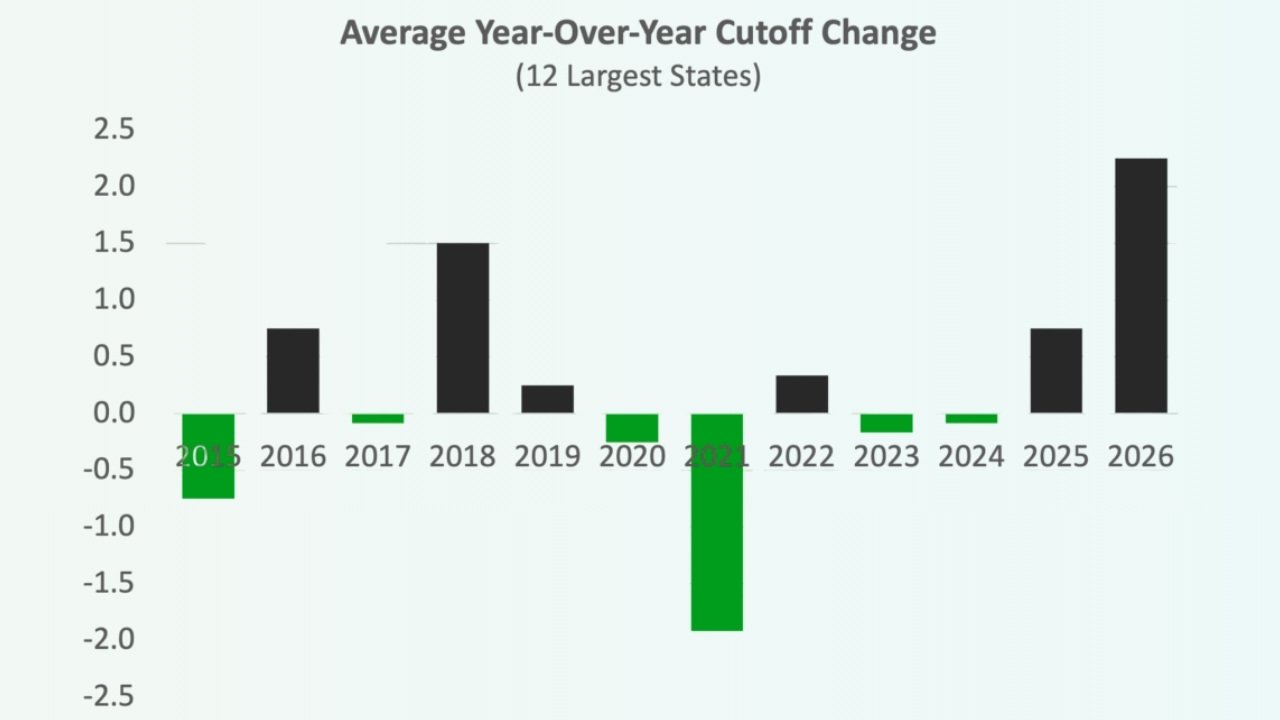The ACT math section assesses the students’ capability regarding how efficiently they can apply mathematical concepts. Students must complete 60 questions in 60 minutes, which means there aren’t any second guesses or fixed formulas to complete. Instead, a solid grip on the ACT Math formulas helps students answer accurately and quickly. If you memorize and practice applying the key formulas, then you can score higher. In this post, we will add the must-know ACT Math formulas, categorized for clarity.
Key Takeaways
- Students should understand the ACT math formulas to save time during the test.
- Students will not have an exact formula sheet, so memorization is essential.
- Focusing on algebra, geometry, and trigonometry formulas can improve your accuracy.
- You can improve your problem-solving skills by applying these formulas and understanding the Act math question types.
1. Algebra Formulas
Linear Equations and Slope
Slope formula:
\[ m = \frac{y_2 - y_1}{x_2 - x_1} \]
(Finds the steepness of a line.)
Slope-Intercept Form:
\[ y = mx + b \]
(Represents a line where \( m \) is the slope and \( b \) is the y-intercept.)
Point-Slope Form:
\[ y - y_1 = m(x - x_1) \]
(Used to write the equation of a line given a point and slope.)
Standard Form of a Line:
\[ Ax + By = C \]
(\( A, B, \) and \( C \) are integers.)
Quadratic Equations
Quadratic Formula:
\[ x = \frac{-b \pm \sqrt{b^2 - 4ac}}{2a} \]
(Finds the roots of a quadratic equation: \( ax^2 + bx + c = 0 \).)
Factoring Method:
Find two numbers that multiply to \( c \) and add to \( b \) in:
\[ ax^2 + bx + c = 0 \]
Difference of Squares:
\[ a^2 - b^2 = (a - b)(a + b) \]
Vertex Form of a Quadratic Equation:
\[ y = a(x - h)^2 + k \]
(\( (h, k) \) is the vertex of the parabola.)
Exponents and Radicals
Product Rule:
\[ x^a \cdot x^b = x^{a+b} \]
Quotient Rule:
\[ \frac{x^a}{x^b} = x^{a-b} \]
Power Rule:
\[ (x^a)^b = x^{ab} \]
\[ x^{-a} = \frac{1}{x^a} \]
Fractional Exponents:
\[ x^{\frac{m}{n}} = \sqrt[n]{x^m} \]
2. Geometry Formulas
Triangles
Pythagorean Theorem:
\[ a^2 + b^2 = c^2 \]
(For right triangles only.)
Area of a Triangle:
\[ A = \frac{1}{2} \times \text{base} \times \text{height} \]
Special Right Triangles:
30°-60°-90°: \( x, x\sqrt{3}, 2x \)
45°-45°-90°: \( x, x, x\sqrt{2} \)
Triangle Inequality Theorem:
(The sum of any two sides must be greater than the third side.)
Circles
Circumference:
\[ C = 2\pi r \]
Area:
\[ A = \pi r^2 \]
Arc Length:
\[ L = \frac{\theta}{360} \times 2\pi r \]
Sector Area:
\[ A = \frac{\theta}{360} \times \pi r^2 \]
Polygons
The Sum of Interior Angles:
\[ (n-2) \times 180^\circ \]
Each Interior Angle (Regular Polygon):
\[ \frac{(n-2) \times 180^\circ}{n} \]
Exterior Angles Sum:
Always \( 360^\circ \).
Rectangles and Squares
Area of a Rectangle:
\[ A = \text{length} \times \text{width} \]
Area of a Square:
\[ A = s^2 \]
Perimeter of a Rectangle:
\[ P = 2(l + w) \]
Diagonal of a Rectangle:
\[ d = \sqrt{l^2 + w^2} \]
3. Trigonometry Formulas
Basic Trigonometric Ratios
Sine:
\[ \sin \theta = \frac{\text{opposite}}{\text{hypotenuse}} \]
Cosine:
\[ \cos \theta = \frac{\text{adjacent}}{\text{hypotenuse}} \]
Tangent:
\[ \tan \theta = \frac{\text{opposite}}{\text{adjacent}} \]
Other Important Trigonometric Identities
Pythagorean Identity:
\[ \sin^2 \theta + \cos^2 \theta = 1 \]
Reciprocal Identities:
\[ \csc \theta = \frac{1}{\sin \theta} \]
\[ \sec \theta = \frac{1}{\cos \theta} \]
\[ \cot \theta = \frac{1}{\tan \theta} \]
4. Probability and Statistics Formulas
Mean (Average)
\[ \text{Mean} = \frac{\sum \text{values}}{\text{number of values}} \]
Median
(Middle value when arranged in order.)
Mode
(Most frequently occurring number.)
Probability Formula
\[ P(\text{event}) = \frac{\text{desired outcomes}}{\text{total outcomes}} \]
Permutations (Order Matters)
\[ P(n, r) = \frac{n!}{(n-r)!} \]
Combinations (Order Doesn’t Matter)
\[ C(n, r) = \frac{n!}{r!(n-r)!} \]

Final Thoughts
The ACT math section is surely a difficult part of the ACT section, but memorizing these ACT Math formulas will ensure you have better time management and accuracy. Derivation skills are not rewarded in the ACT. They become second nature when practiced in timed conditions. However, memorization should be a problem with effective study management.
At IVY Test Prep, we focus not only just rote memorization but working on conceptual learning. This enables the students to have a better idea of where and how to use the formulas during the test. Students will surely have a competitive edge. Start incorporating these formulas into practice tests, and with consistency, you’ll be well-prepared for the ACT Math section. Stay on track by keeping up with the latest ACT test dates to plan your study schedule effectively.









